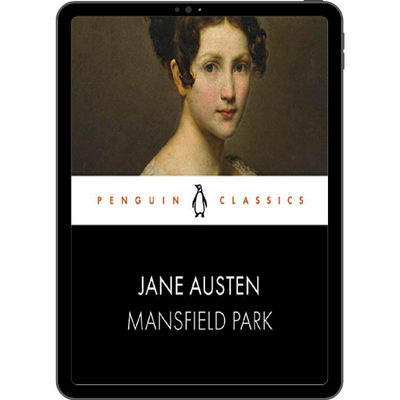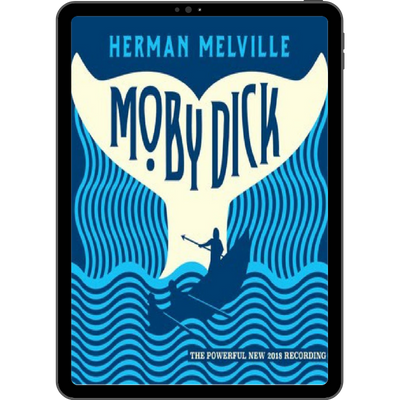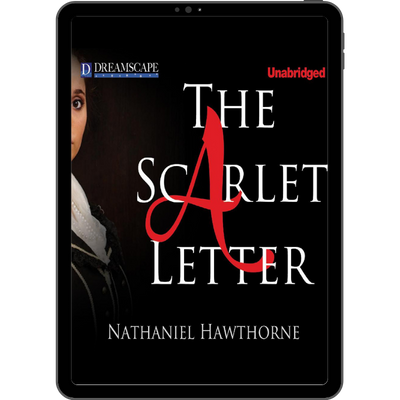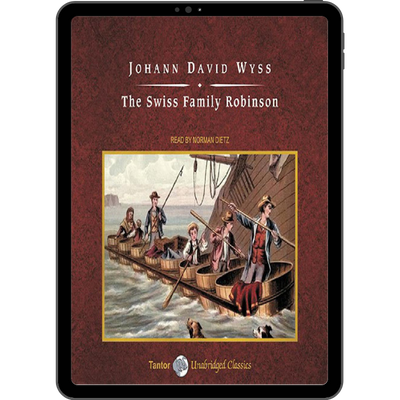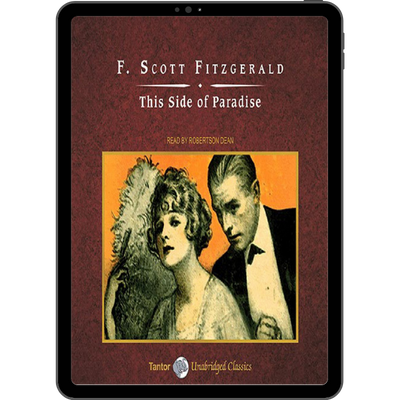romance
As You Like It is a pastoral comedy by William Shakespeare based on the novel Rosalynde by Thomas Lodge, believed to have been written in 1599 or early 1600. It features one of Shakespeare's most famous and oft-quoted lines, "All the world's a stage", and has been adapted for radio, film, and musical theater.
Marguerite Gautier is the most beautiful, brazen—and expensive—courtesan in all of Paris. Despite being ill with consumption, she lives a glittering, moneyed life of nonstop parties and aristocratic balls and savors every day as if it were her last.Into her life comes Armand Duval. Young, handsome, and recklessly headstrong, he is hopelessly in love with Marguerite, but not nearly rich enough.
Emma is a comic novel by Jane Austen, first published in December 1815, about the perils of misconstrued romance. The main character, Emma Woodhouse, is described in the opening paragraph as "handsome, clever, and rich" but is also rather spoiled. Prior to starting the novel, Austen wrote, "I am going to take a heroine whom no-one but myself will much like."
Northanger Abbey is a coming-of-age novel and a satire of Gothic novels written by Jane Austen. It was completed for publication in 1803, making it the first of Austen's novels in order of completion, but was only published posthumously in 1817 with another of her novels, Persuasion. The story revolves around Catherine Morland, the young and naïve "heroine", and her journey to a better understanding of herself and the world around her.
Romeo and Juliet is a tragedy written by William Shakespeare early in his career about two young star-crossed lovers whose deaths ultimately reconcile their feuding families. It was among Shakespeare's most popular plays during his lifetime and, along with Hamlet, is one of his most frequently performed plays. Today, the title characters are regarded as archetypal young lovers. Romeo and Juliet belongs to a tradition of tragic romances stretching back to antiquity.
Henry Detweiler dies unexpectedly, leaving his second wife and three daughters, Eleanor, Mary Ann, and Maggie, in the care of John, his oldest son from a previous marriage. John and his wife, Fanny, inherit the farm and, despite a deathbed promise to take care of their stepmother and half-sisters, John and Fanny make it obvious that Mrs. Detweiler and her daughters are not welcomed at the farm. When Edwin Fischer, Fanny’s older brother, takes notice of Eleanor and begins to court her, much to the disapproval of his sister, Fanny makes life even more difficult for the Detweiler women.
SEDE
Avenida Joaquim Nabuco, 1286
Centro - Manaus - AM
CEP: 69020-030
Tel: (92) 3198-7100
UNIDADE MANAUARA
Avenida Mário Ipiranga, 1300
Adrianópolis - Manaus - AM
CEP: 69057-002
Tel: (92) 3198-7100
EDUCATION USA
Contatos:
Isa Akel: [email protected]
Soraya Moresi: [email protected]
Tel: (92) 3198-7119










Siga-nos nas redes sociais
© 2022 ICBEU Manaus - Todos os direitos reservados

















